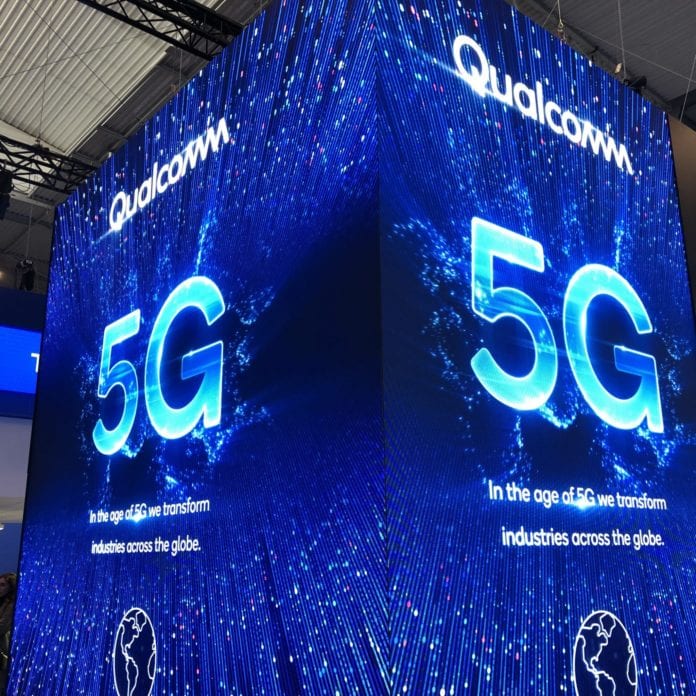Nokia taps Qualcomm 5G RAN platform for indoor Smart Node base stations
Continuing its momentum in supporting 5G infrastructure, Qualcomm Technologies Inc., today announced a “full portfolio of 5G infrastructure semiconductor platforms,” including support for macro base stations supporting massive MIMO arrays and “micro base stations.” The three new platforms are the Qualcomm Radio Unit Platform, Qualcomm Distributed Unit Platform, and Qualcomm Distributed Radio Unit Platform. The idea is to support virtualized and disaggregated networks.
“Our 5G expertise and global technology leadership uniquely positions Qualcomm Technologies to provide a comprehensive horizontal infrastructure platform to enable the deployment of innovative, high-performance, virtualized, and modular 5G networks at scale,” Qualcomm Incorporated President Cristiano Amon said in a statement. “We are working closely with mobile operators, network equipment vendors, standards bodies and other key stakeholders to make the deployments of these networks a reality.”
Qualcomm also recently announced it’s working with Nokia to provide chipsets for the network infrastructure provider’s Smart Node indoor 5G base stations. The companies said the target market is “smaller indoor network use cases” with availability starting in the first quarter of 2021.
Qualcomm’s 5G RAN platform, initially launched in 2018, is being used by numerous infrastructure providers, including Airspan, Altiostar, Baicells, Corning, Radisys, Rakuten, Samsung, Sercomm and Japanese powerhouses Fujitsu and NEC.
Nokia bills the 5G Smart Node as “a cost-effective way to extend the availability of 5G across multiple locations and provide a compelling option for in-home, small office and enterprise coverage.” According to press materials, the Smart Node will use Qualcomm’s FSM100xx modem, which allows for upgradability from 4G to 5G, support for NB-IoT and “telecom grade security [to] help operators address indoor network needs without the complexity and cost of a macro deployment.”
Nokia’s Tommi Uitto, president of mobile networks, said in a statement, “The 5G small cells arena is an area we are delivering unmatched innovation and working with Qualcomm Technologies is a testament to our mission to bring everyone into the world of 5G.”
Speaking this month at the Open RAN Forum, Qualcomm Technologies, Inc., SVP and GM of 4G/5G Durga Malladi discussed the company’s perspective on and role in 5G RAN. He said 5G is intended to support numerous verticals that need a flexible and scalable network topology in both public and private implementations.
“As we thought about our 5G RAN platform, it’s important to understand that to scale the network the right way, disaggregation of the RAN elements is one key component,” Malladi said. “One of the things that is does is it allows for some parts of the radio access network, like the software for example, to run on commercial off the shelf equipment. The other part of the network actually which is far more radio-centric, they needed line accelerators for really high performance, low latency, high reliability and high throughput based radios. Our 5G RAN platform, the product focus is really on these high performance modem-RF solutions.”
“We’re not an infrastructure vendor but our job over here from a product perspective is to enable that ecosystem.”

